Cerebral Edema and Diabetic Ketoacidosis: Rebaked
Pediatric EM Morsels
JULY 28, 2023
2004 Jul;27(7):1541-6. Factors associated with adverse outcomes in children with diabetic ketoacidosis-related cerebral edema. Is your patient hyperglycemic, acidotic, with ketonuria? Then we’ve likely got DKA. Triple bag, triple bag, triple bag! Diabetes Care. PMID: 15220225.











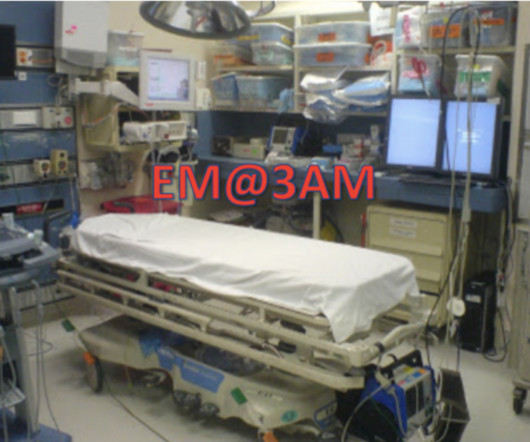






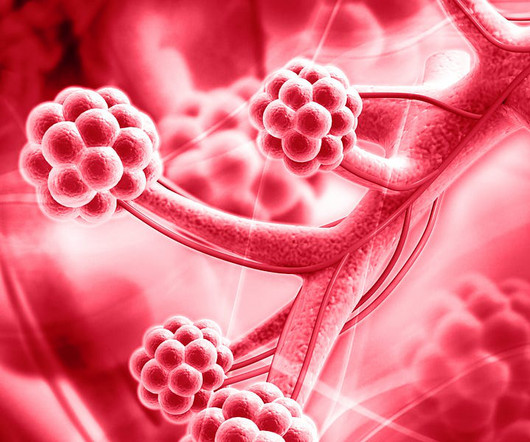






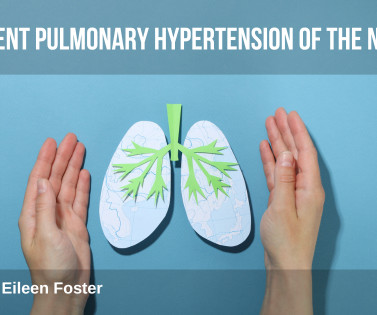




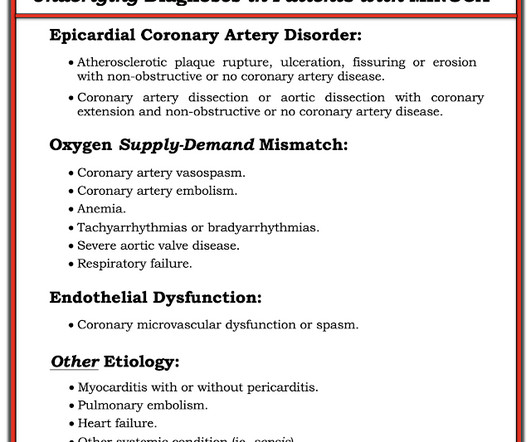






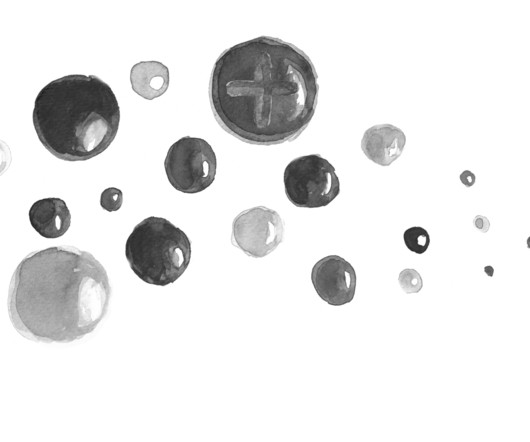

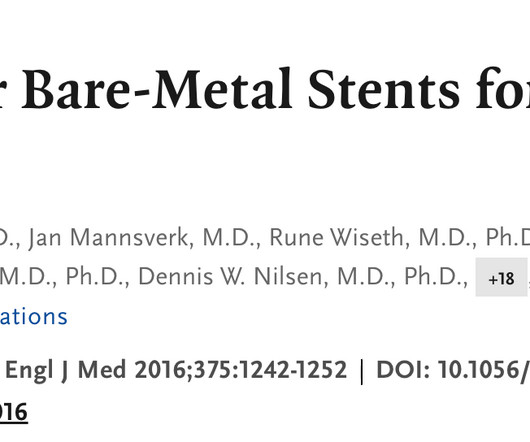

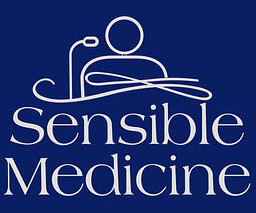







Let's personalize your content